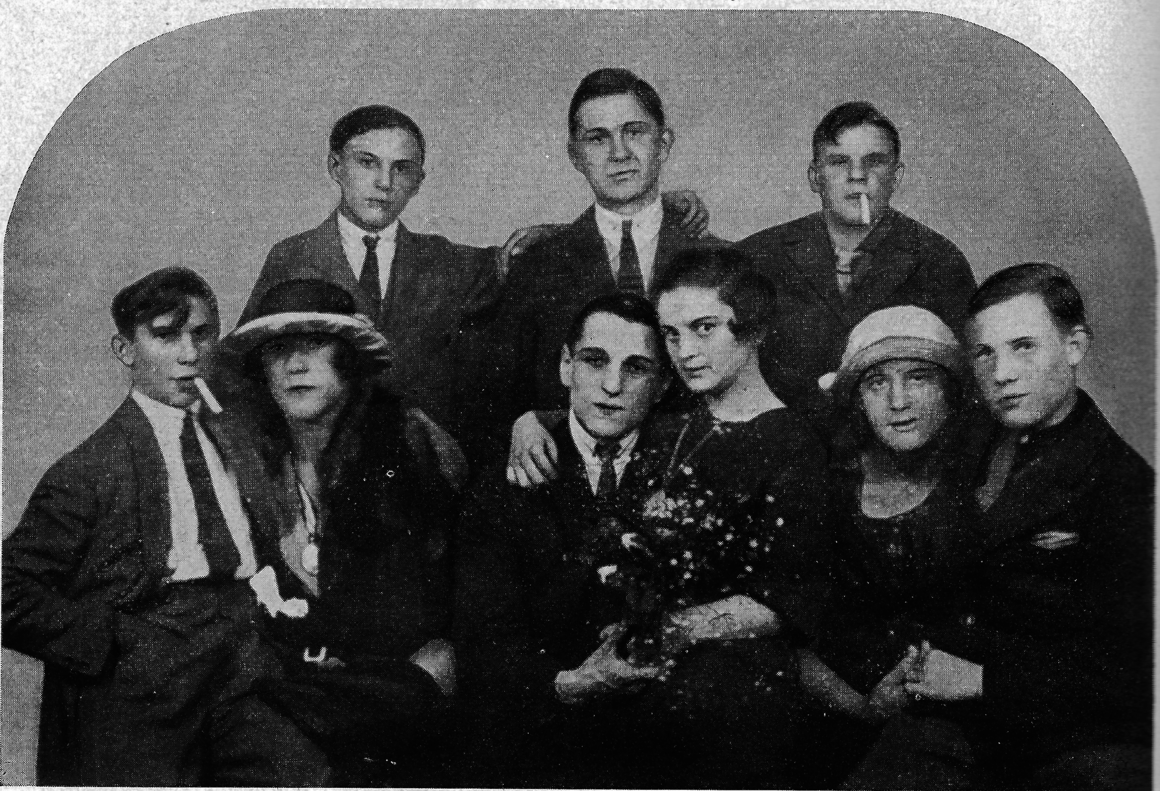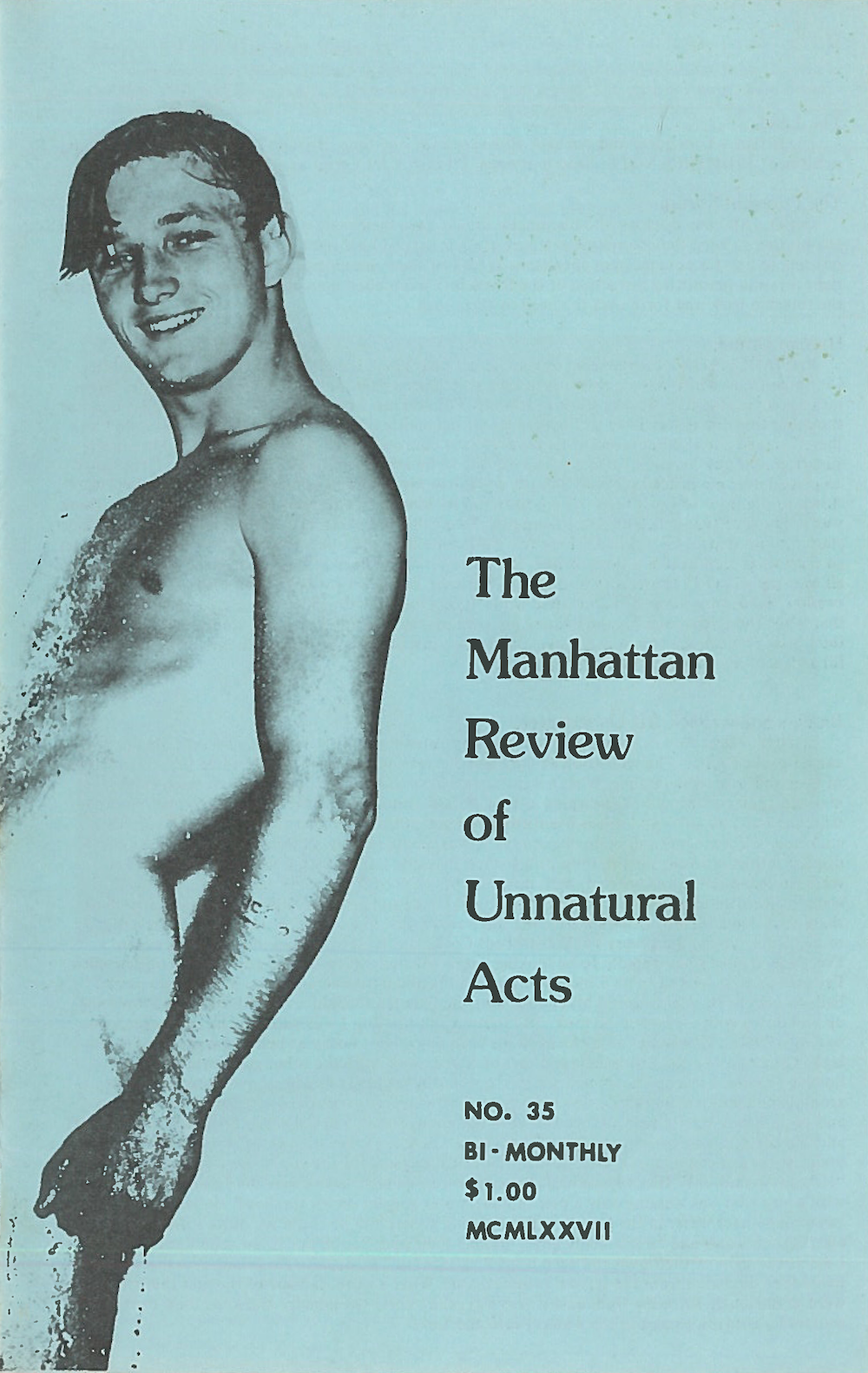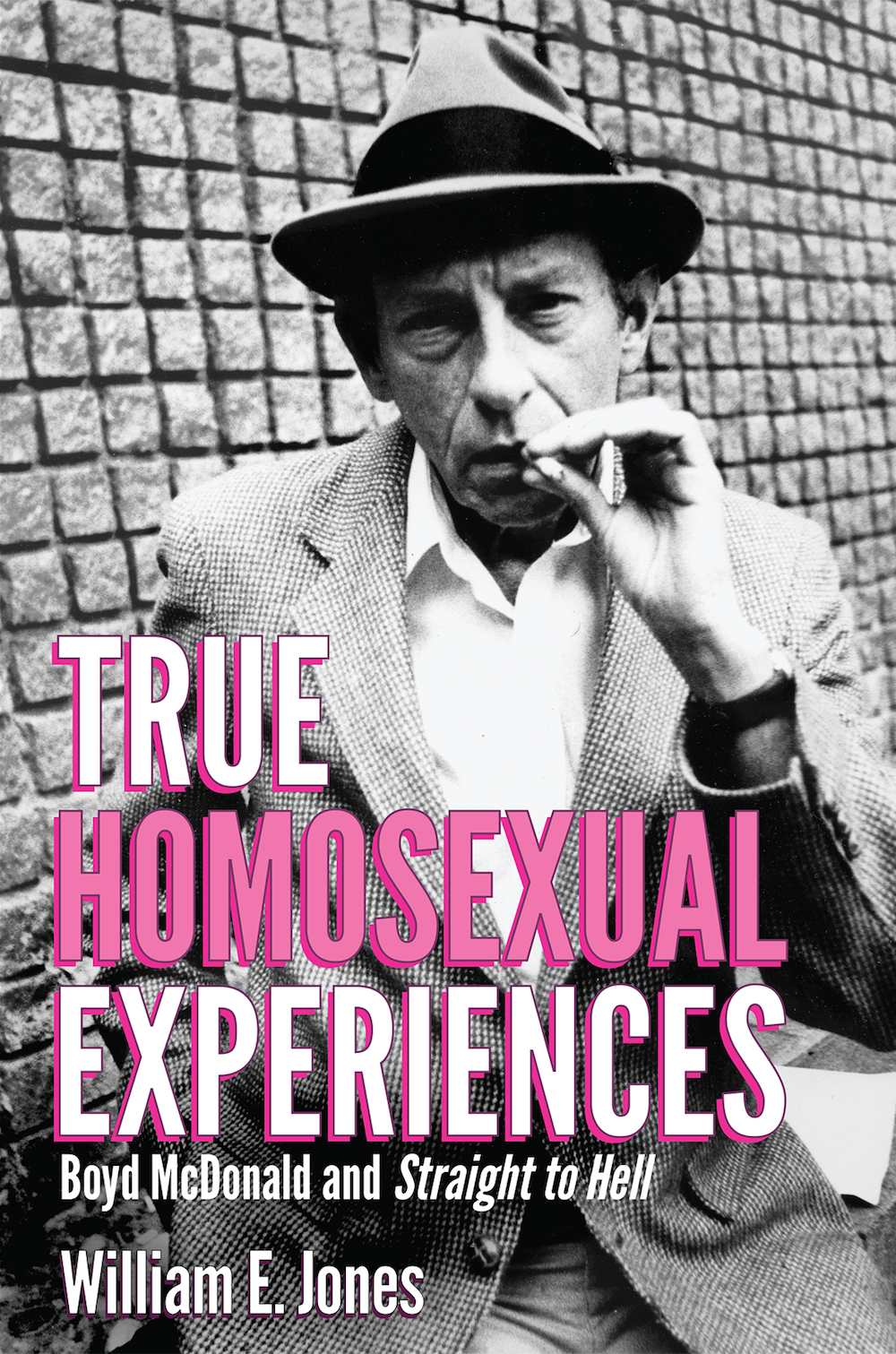PATHOLOGIES: THE DOWNFALL OF JOHAN VAN VERE DE WITH
BY JACOB ISRAEL DE HAAN
TRANSLATED BY PAUL VINCENT
This is my refined, sensitively presented description of the pathologies that were the downfall of Johan van Vere de With.
The market square forms the rectangular interior of the small town of Cuilemburg, which is, however, very much like a village. In the centre of one of the long sides stood their house, an old dwelling.
From outside it seemed like a double residence, consisting of two step-gabled wings on either side of a wide door, wider than two front doors. Still, on the inside it was a single house. Three people lived in it: a boy, Johan, his father, and a very old woman, Sien. Because the house was so big, and these people generated very little noise, the place often seemed quite empty of life.
Johan’s mother had died quite a while ago, before he and his father moved to Cuilemburg. So there were no rooms in their present house that she had occupied, which lessened the unhappiness of Johan’s father. There were, though, many of her things, which for Johan were strange and of little value, but which for his father were very precious, irreplaceable treasures.
Johan occupied two rooms at the back of the house, both of which had a view of and access to the dark old fully planted garden, which was as large and mysterious as a wood. But the darkness did not come as far as the house. Between it and the garden was a paved path and a meadow, in which in the good old days there had been a display of many multi-coloured flowers. In the evenings Johan sat working at his window; the standard lamp shone out with its delicate light, a golden hazy sun that refined and transformed the colour of the flowers, like those in a strange, fragile story. The lamplight could not penetrate the dark, closed, wood-like garden. The trees stood in ranks like a black rampart, behind which there loomed the other world. [ . . . ]
Johan’s father, like his mother, was born into a milieu of flawless culture and lifestyle. They were unacquainted with any manual, coarsening labour, but were familiar only with work involving the full, lucid intellect. Johan resembled both his parents. All his life he was a strikingly beautiful young man. Until his life was disrupted in a terrible way, he preserved an aristocratic calm. By the age of sixteen he was fully grown. He looked like an immaculately groomed young man of twenty, who, however, seems younger.
His body was slim and finely structured, and impeccably dressed. Johan had blue eyes, like blue roses would be, were they in our gardens.
When he turned eight years old, he did not go to school because his father thought it more reasonable for his mental development to stay quietly at home, since Johan showed that he felt deeply, but that his feelings were unstable. He did have a reliable intellect, but precisely because of that his father did not want it to be put under too much strain. This is why when Johan was sixteen, he studied with boys who were two years younger. That was not unpleasant, because Johan was not stupid, and so remained effortlessly at the top of the class. He had little to do with the other boys, partly because of the age difference and partly because of his different temperament and nature.
In the last two years, since he had started to grow up, he had developed strange, intense attachments to small, well-dressed, frail boys at the school. He could not fathom why, since he knew of himself that he did not easily bestow friendship. But he felt that this attachment was dangerous, of such a kind that he could not say anything about it to his father. As his body grew stronger, those dangerous experiences redoubled and grew stronger. He dreamed at night of some boys, and he committed obscene acts with them in those dreams, which they also committed with him. Those acts were pleasant to him and evoked powerful feelings. After waking, he noticed that his nightclothes were damp and dirty. He often felt helpless and discouraged, while his thoughts were very melancholy.
Although he knew that these things happened in life and in the body of every boy growing into a man, he was ashamed, and felt very unhappy. He was quite clear that he was unwilling and unable to talk to his father about it, and at the same time he knew that it would bring him relief and solace, if he were to speak to his father about it. Often Johan felt an intense urge to speak to his father, and the fact that he did not give into that urge caused him pain.
Johan was always sure that he never had the slightest problem with his father. He never gave it a second thought in his earliest years. But he did think about it, with joy, which moved him deeply, when he heard of other families where there was smouldering discord between the father and his sons. Later he realised that his father never needed to desist from doing anything for his sake, just as he never needed to for his father’s sake, since because of their mutual affection all actions were settled in a calm way.
However, recently there had been a devastating upheaval in Johan’s life, because he began to involve his beloved and respected father in the dreams full of obscene behaviour. His father performed indecent acts on him and he in turn did the same with his father. And both of them enjoyed it greatly.
When he awoke Johan was speechlessly and vacantly ashamed at the horror of such thoughts. He looked at his father, his blossoming blue eyes open with shame, fear, and bewilderment. He could not possibly be calm and pleasant. He was also frightened to death of being difficult with his father. The terrible effort he had to make to remain normal made him precisely shy and abnormal. So that his father noticed and asked him naturally and lovingly if there were any problem. This made Johan hopeless with the deepest wretchedness.
The dreams repeated themselves, and from now on concerned only his father. They ruined every night for him. He became neurotic and deathly pale. His blue eyes dried up, becoming wrinkled in their delicate blue and dull in their whites, which had formerly been clear. Johan saw that his father already noticed his sick decline, and that made him precisely sicker still. Finally Johan said, with a calm voice and careful choice of words: ‘Father, I have a great sorrow and it’s making me ill, as you can see. But I can’t tell you what it is… and that the worst thing of all… but perhaps it will get better now that I’ve told you.’
They looked at each other with emotion, and this emotion shattered Johan’s calm and firmness of purpose. He sobbed, suddenly broken. He hugged his father, kissing him like when he was a little boy, on his eyes and open mouth. But then Johan felt the same evil and pleasant sensation as in his dreams with the obscene acts, and he felt that his clothes were becoming dirty and damp. His body felt wretched. He released his father from his paralysed arms, and crept upstairs to the bathroom, where he sluiced off his excited body with hard, cold, running water. His father heard the water raging and rattling. It made him uneasy, failing to understand the shyness, the wildness, and the strange behaviour of his beloved son. He thought of the madness of his wife, who had killed herself in a strange way one night when everyone thought that she had been completely free of suicidal plans. The man shivered and trembled with fear for his son. Johan was always precise in the shape of his sentences and in the value of his words, but Johan was never exaggerated in the strength of his expression. Now he had finally spoken, after a long period of suffering, as carefully as if he were writing the words instead of speaking them, he had confessed to a great sorrow that was making him ill, because he could not speak about it.
That same afternoon at the table Johan raised the subject again. Their table was always lavishly laid and provided with many choice artefacts. The boy was greatly pleased, in a way that he was not often pleased, at their possession of so many objects of such beauty. In that exquisite mood the boy addressed his father, while his blue eyes bloomed in the thin sunny light of the lamp. He said: ‘Perhaps my sorrow will pass again… and then we’ll be at ease with each other again.’ As he said this, he paid anxious and careful attention to the state of his body. His body, however, remained calm, without any noxious effect. Johan was very pleased about this, and he again enjoyed an evening with his father.
Jacob Israël de Haan (1881–1924) was a Dutch teacher, novelist, poet, legal scholar, and journalist. In 1904, De Haan published his first novel Pijpelijntjes, which is a thinly veiled version of his own promiscuous gay life with Arnold Aletrino in Amsterdam's “Pijp” working-class district. The book is dedicated to Aletrino. Aletrino and De Haan’s fiancée bought almost all copies of the book to prevent a scandal that would involve both of them, and De Haan subsequently lost his job. De Haan’s Pathologies: The Downfall of Johan van Vere de With was published in Rotterdam in 1908. He also wrote poetry, and a line from one of his poems adorns the Amsterdam Homomonument. In the 1910s he became interested in Zionism and left Amsterdam for Jerusalem. He was murdered in 1924 by a member of the Zionist organization Haganah. Read more about De Haan here.
Paul Vincent (b. 1942) studied at Cambridge and in Amsterdam. Until 1989 he was a professor at the Dutch department of University College London. Since then he has worked as a freelance translator. His translations from Dutch literature include works by Willem Bilderdijk, H.M. Van den Brink, Louis Couperus, Midas Dekkers, Douwe Fokkema, Arnon Grunberg, W.F. Hermans, P.C. Hooft, Harry Mulisch, Saskia Noort, Paul Van Ostaijen, Erik Vlaminck, Guido Gezelle, Willem Elsschot, Louis Paul Boon, Erwin Mortier and Leonard Nolens.






